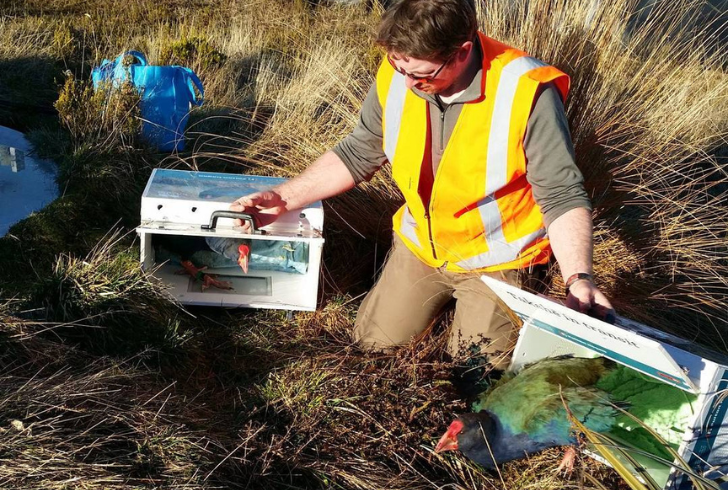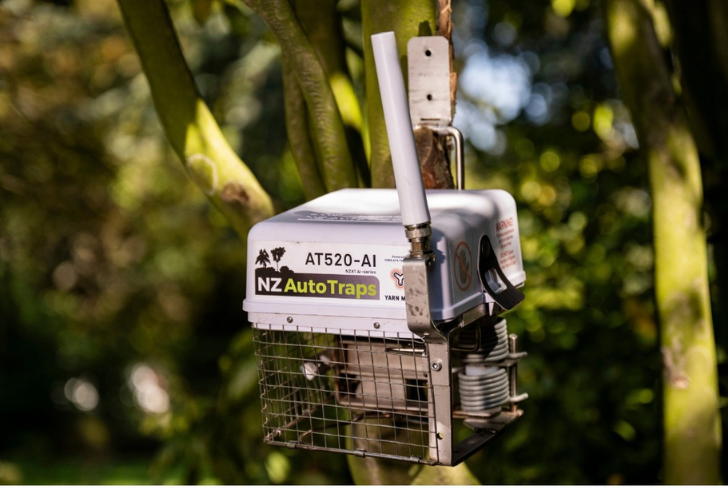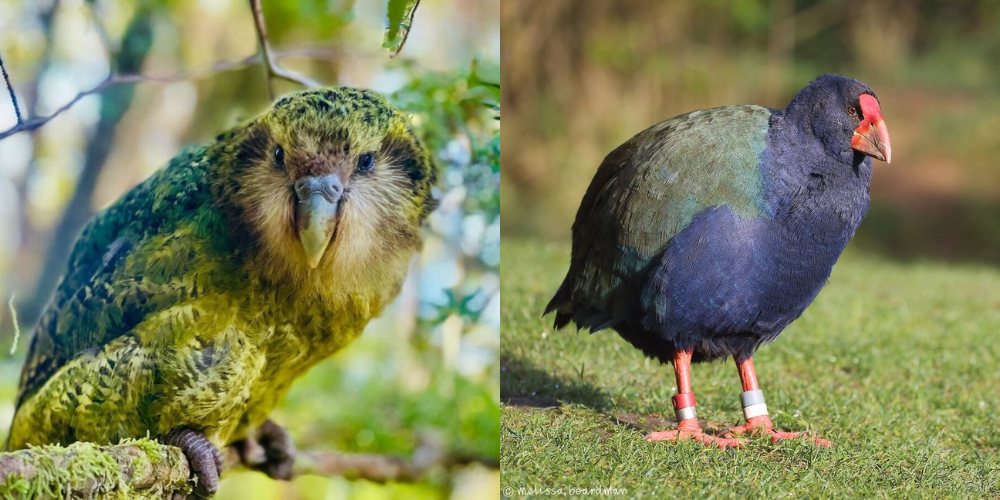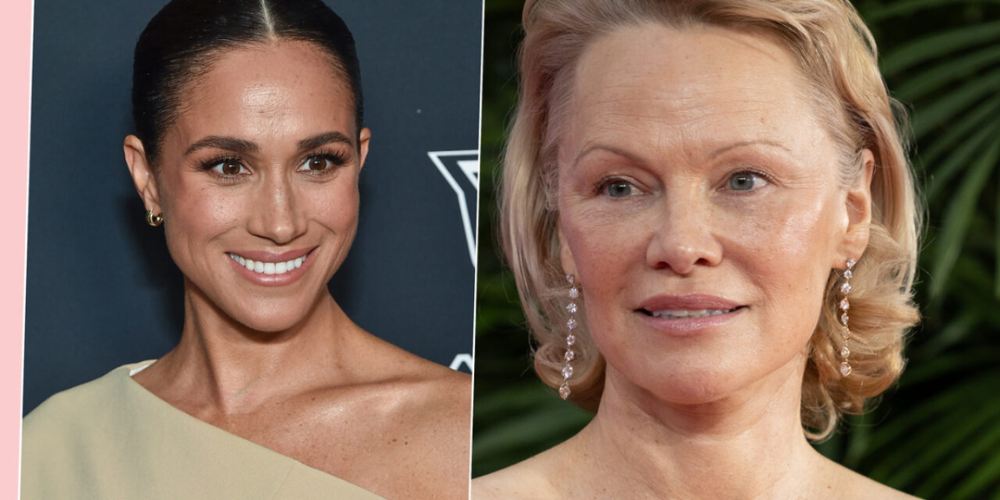For generations, New Zealand’s native birds lived in isolation, safe from land predators. The kākāpō, a moss-green parrot weighing nearly eight pounds, became the heaviest parrot in the world. The takahē, a large grassland bird with deep blue and red feathers, thrived across the country.
Their fortunes changed when humans arrived. Māori settlers came about 700 years ago, followed by Europeans in the 1800s. They introduced predators like rats, stoats, and weasels. These mammals quickly learned how to hunt ground-dwelling birds that could not fly away. The result has been devastating—more than 80 percent of New Zealand’s native bird species are now threatened.
To reverse this, New Zealand has launched an ambitious plan. The country aims to eradicate invasive predators by 2050. Success will give native birds a chance to grow again in the wild. Yet achieving this will require massive resources and advanced technology.
Predator Free 2050
The Predator Free 2050 program focuses on eliminating rats, stoats, weasels, and ferrets across the entire country. Conservationists estimate this will mean exterminating millions of animals. Experts call it the largest invasive species removal project in history.
Current methods rely heavily on traps and poisons. While effective, they are costly and labor-intensive. Scaling up across vast landscapes requires new solutions. This is where artificial intelligence, automated traps, and genetic research come into play.
Brent Beaven, who manages Predator Free 2050, highlights the importance of innovation. He explains, “Even if total eradication proves impossible, these new tools will still transform how we protect native wildlife.” His vision is clear—healthy ecosystems where birds like the kākāpō and takahē can thrive as they once did.
Takahē Recovery
On New Zealand’s South Island, rangers monitor the takahē closely. Glen Greaves from the Takahē Recovery Program inspects nests with care, using a flashlight to check for signs of life inside fragile eggs. His biggest challenge lies in the birds’ limited genetic diversity. Small founding populations often lead to infertility and weak offspring.

Instagram | @docgovtnz | Rangers watch takahē closely and protect chicks so the birds can grow safely.
Once thought extinct, takahē were rediscovered in 1948 in a remote valley. Since then, breeding programs have worked tirelessly to rebuild numbers. Early efforts involved hand-rearing chicks with puppets designed to mimic adult birds. Today, most chicks are raised by their parents, a sign of progress.
Even so, survival in the wild remains dangerous. Stoats, small but fierce predators, ambush both chicks and adults. Greaves stresses the problem: “There’s plenty of suitable habitat, but very few areas where predator control reaches the level takahē need.” After decades of work, the population now stands at just over 500 birds.
Protected Sanctuaries
One solution lies in fenced ecosanctuaries. These wildlife refuges operate like high-security zones. At Orokonui Ecosanctuary near Dunedin, a stainless steel fence encircles the reserve. It extends underground to block tunneling predators and has a curved top rim with an electric wire to prevent climbing.
Inside, native species thrive without pressure from invasive animals. Visitors often describe the morning dawn chorus as overwhelming, with birds calling from every corner of the forest.
Madison Kelly, who works at Orokonui, says the sanctuary carries deep meaning. With Māori heritage, she views it as both a biodiversity project and a cultural one. “It’s a place where our stories, forests, and treasured species live actively together,” she explains.
But sanctuaries are not foolproof. Heavy snow once allowed stoats to breach the fence, causing a major setback. Rare saddlebacks were lost before rangers regained control. Maintenance and monitoring remain constant requirements, making these sanctuaries expensive but vital.
AI Reshaping Predator Control
Outside sanctuary fences, predator control takes on new forms. Automated traps powered by artificial intelligence are becoming more common. Unlike traditional traps, they reset themselves, reducing labor needs. Cameras inside detect approaching animals and activate only for the target species.
Jonah Kitto-Verhoef, leading predator control with the Halo Project, demonstrates how traps improve efficiency. His team also works with trained dogs like Scout, which sniff out possum droppings. Brushtail possums, introduced for their fur, now strip native forests bare and threaten bird habitats.
To lure them in, rangers discovered an unusual favorite—mayonnaise. “Some people swear by Best Foods,” Kitto-Verhoef notes, highlighting how even small details make a difference.
AI-enhanced traps provide another key benefit: data. By tracking catches in real-time, conservationists can refine their strategies and identify hard-to-trap animals. Kitto-Verhoef explains, “Machine learning helps save time and money while making predator removal more effective.”
The Halo Project has already culled thousands of invasive animals, protecting countless native birds. Each predator removed translates directly to survival for threatened species.
Genomics | Targeting Predators at the Source
Beyond traps, researchers are exploring genetic solutions. At the University of Otago, scientists have sequenced the brushtail possum genome. This breakthrough opens the door to highly specific methods of control.
Tim Hore, associate professor at Otago, explains the possibilities. “Sequencing is just the beginning. Understanding gene functions allows us to design targeted solutions.” One approach could involve species-specific toxins that harm only the intended predator.
Another, more radical, method is the gene drive. This technique alters reproduction so offspring inherit a chosen trait across generations. For example, possums engineered to produce only male young would, over time, eliminate their own population.
Yet such methods raise ethical and ecological questions. In Australia, possums are a protected species. If modified animals crossed borders, they could devastate healthy populations. Hore acknowledges the risks: “This technology requires deep public discussion before use.”
To reduce risk, scientists are considering self-limiting gene drives that fade after several generations. Even so, social acceptance and international cooperation remain crucial hurdles.
Innovation Shaping Global Conservation

Instagram | @predatorfreenz | New technology is helping New Zealand protect birds and fight predators effectively.
New Zealand’s efforts carry lessons for the world. The technologies being tested could be applied anywhere invasive predators threaten native wildlife. From AI traps to genetic engineering, each tool expands the possibilities for protecting biodiversity.
Beaven emphasizes the pace of change. “The shift in technology and thinking is transforming conservation,” he says. By lowering costs and increasing precision, New Zealand hopes to make predator eradication realistic across 26 million hectares of land.
While full success is uncertain, progress is undeniable. Bird populations, such as the takahē and kākāpō, are slowly climbing. Ecosanctuaries offer living examples of what predator-free landscapes can look like. AI-driven traps and genetic research promise scalable solutions for the future.
A Future Where Native Birds Grow
The challenge ahead is steep, but the vision inspires action. By combining science, technology, and community support, New Zealand aims to secure a future where rare birds sing freely again.
The kākāpō and takahē symbolize resilience. Both species survived against incredible odds, and now they stand at the center of one of the boldest conservation missions on Earth. As AI tools evolve and genetic research advances, these birds gain a fighting chance at long-term survival.
With determination and innovation, New Zealand continues to rewrite the story of its native wildlife. And with every predator removed, the chorus of rare bird calls grows stronger.








